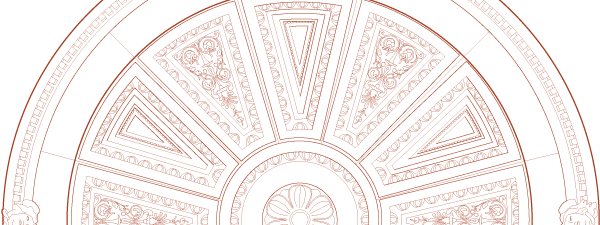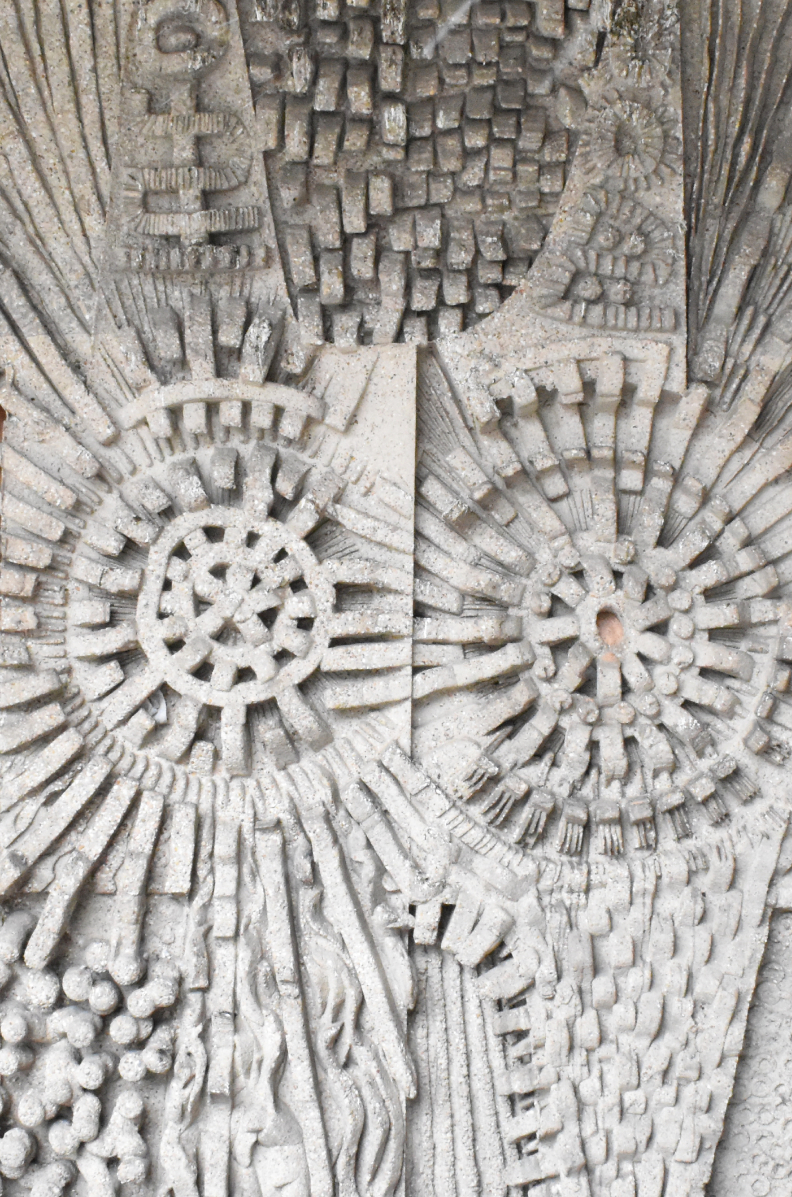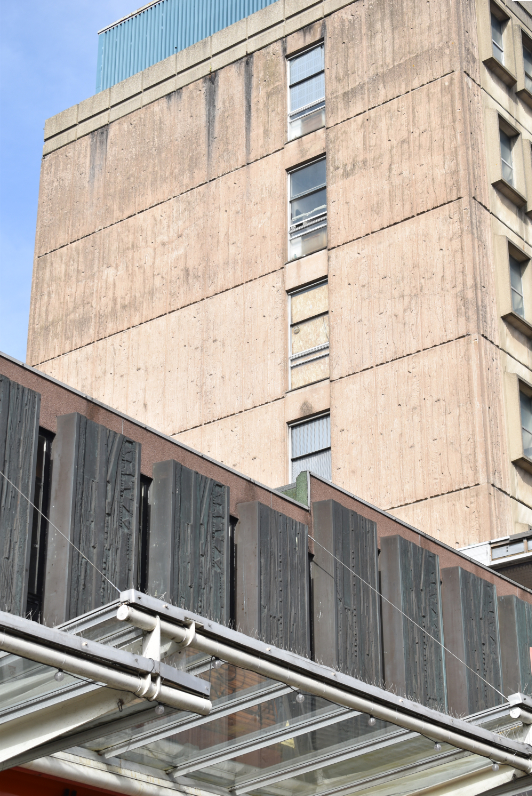



Project Name: Coventry City Centre South Redevelopment
Client: RPS Consulting on behalf of Shearer Property Regen Ltd
Project type: Historic Building Record
Project No.: 2023.001
Date: March 2023
A programme of historic building recording was completed in March 2023 in respect of a series of structures, ‘public art’ and street furniture heritage assets in Coventry City Centre, commissioned by RPS Consulting working on behalf of Shearer Property Regen Ltd., in response to planning conditions related to the large-scale ‘Coventry City Centre South’ redevelopment scheme.
A major (hybrid) planning application and associated Listed Building Consent (LBC) applications were approved by Coventry City Council in November 2022 and January 2023 with respect to the mixed-use regeneration of Coventry City Centre South, a development including residential dwellings, a hotel, a mix of non-residential retail, food and beverage, leisure, office, community and cinema uses, together with associated car parking and high quality public realm. The wider City Centre South site area totals 6.36 hectares, centred on NGR SP 33184 78850.
Applications were conditional upon historic building recording being undertaken in respect of a series of designated and non-designated heritage assets, required under the terms of the National Planning Policy Framework and Coventry’s Local Plan. These included a series of works by the renowned British artist William Mitchell; namely the Grade II listed ‘Three Tuns’ mural wall in Bull Yard (1966), the ‘History of Coventry’ mural in the foyer of Hertford House (1974), and 59 high-level fibreglass panels (1967-69) to Hertford Street and Hertford Square. A series of shallow relief panels to the exterior elevations of Hertford House are also by Mitchell and, though falling outside of the scope of the recording project, form part of an interesting and significant group of works by a major civic artist.
William Mitchell (1935-2020) was an English artist, sculptor and designer best known for his large-scale concrete murals and public artwork dating to the 1960s and 1970s. Over the course of his long career, Mitchell worked for celebrated architects including Sir Basil Spence, Sir Ove Arup and Sir Frederick Gibberd, the latter having designed the Liverpool Metropolitan Cathedral for which Mitchell contributed the bronze sculpted doors and Portland stone frontispiece. Mitchell’s surviving works are increasingly recognised and appreciated for their artistic merit and contemporary historical value.
Other assets included the ‘Thread Through Time’ sculpture (1999) by Robert Conybear and Uta Molling, in Bull Yard; the ‘Phoenix’ statue (1962) by George Wagstaffe, in Bull Yard/Hertford Street; the ‘Peeping Tom’ statue in Hertford Street, while the John Bailey Shelton commemmorative plaque in Shelton Square and the 2009 ‘2-Tone trail plaque’ in the City Arcade were also addressed in outline.
The conditional programme of historic building recording allowed for the heritage assets to be documented in-situ, to a level reflective of their percieved relative significance, representing a ‘point in time’ record ahead of works related to the consented City Centre South redevelopment scheme.





